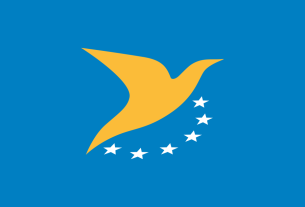COLOGNE/WASHINGTON, December 19 – The European Union Aviation Safety Agency (EASA) and the Federal Aviation Administration (FAA) have agreed on a set of criteria to allow the industry to accept alternate development assurance standards for software and airborne electronic hardware certification. This will open the door to innovation in aviation through the acceptance of design standards for software and hardware applied in other industries, such as the automotive sector.
The novelty is outlined in a published paper and is the outcome of a joint EASA/FAA Task Force established in June 2019. The aim of the Task Force was to identify ways to develop means to assess available standards or publicly available methodologies without compromising the high safety standard of aviation, through the definition of an “Abstraction Layer”.
“This is a significant change to the traditional aviation design world, as it gives far greater scope for the potential acceptance of certain software and airborne electronic hardware standards developed in other industries, such as automotive, without requiring a full demonstration of compliance with the very comprehensive aeronautical standards defined for aviation,” said EASA Certification Director Rachel Daeschler. “This will allow aviation to embrace emerging technologies and techniques.”
The level of safety of aviation products is currently established via the guidance in aviation Software and Airborne Electronic Hardware standards, respectively ED-12C/DO-178C and ED-80/DO-254, as well as aspects of ARP-4754A. The aviation-specific and comprehensive nature of the development assurance approach in this guidance may present a barrier to the adoption of new technologies.
“These criteria provide the framework to explore how best practices from other industries, such as automotive, could be applied in aviation,” FAA Executive Director of Aircraft Certification Service Lirio Liu said.
The objective of the Task Force was to develop the “Abstraction Layer” by extracting the key concepts from ED-12C/DO-178C, ED-80/DO-254, EASA & FAA A(M)C 20-115D, and EASA & FAA A(M)C 20-152A. It subsequently formulated a set of 20 criteria for the assessment of the candidate alternate standard.
The “Abstraction Layer” is not intended to serve as a new alternative standard. It does not intend to invalidate or put at risk the current development assurance practices.
Instead, it is intended to be a bridging tool – offering a set of criteria for assessing potential alternate standards or publicly available methodologies used in other industry domains. It will also facilitate the introduction of novel technologies by enabling the assessment of products using other development assurance standards.



